Top 12 Christopher Doyle Movies: A Cinematic Journey
When we talk about visual storytelling, Christopher Doyle’s name stands out as a master of cinematic imagery.
His ability to paint each scene with light and color has set a benchmark in filmmaking.
Doyle’s collaborations with renowned directors have produced some of the most visually stunning films in cinema history.
We’re about to jump into the 12 best Christopher Doyle movies that are a feast for the eyes and a testament to his genius.
Chungking Express (1994)

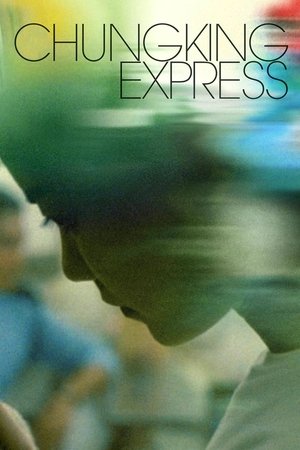
Chungking Express
What a difference a day makes.
1994 • 1h 43min • ★ 8/10 • Hong Kong
Directed by: Wong Kar-wai
Cast: Brigitte Lin, Tony Leung, Faye Wong, Takeshi Kaneshiro, Valerie Chow
Two melancholic Hong Kong policemen fall in love: one with a mysterious underworld figure, the other with a beautiful and ethereal server at a late-night restaurant.


Chungking Express
What a difference a day makes.
1994 • 1h 43min • ★ 8/10 • Hong Kong
Directed by: Wong Kar-wai
Cast: Brigitte Lin, Tony Leung, Faye Wong, Takeshi Kaneshiro, Valerie Chow
Two melancholic Hong Kong policemen fall in love: one with a mysterious underworld figure, the other with a beautiful and ethereal server at a late-night restaurant.
Chungking Express holds a special place in the heart of cinema enthusiasts.
It’s one of those rare gems where Doyle’s mastery over the visual language of film truly shines.
The movie captures the frenetic energy of Hong Kong with a poetic beauty that’s undeniably Doyle’s trademark.
In this film, Doyle uses innovative camera techniques to reflect the pulsating life of the city.
His play with motion blurs and unconventional framing invites viewers into a world that’s vibrant, chaotic, and teeming with stories.
Every shot speaks volumes, threading emotions and narratives through the bustling streetscapes and intimate close-ups.
The color palette in Chungking Express is a testament to Doyle’s ability to convey mood and tone.
Bright neon lights and the contrasting shadows paint a picture of a city that’s at once enthralling and isolating.
These visuals complement the film’s themes of love, loss, and the search for connection in an ever-moving world.
Here’s what stands out about Doyle’s cinematographic techniques in the movie:
- Dynamic cinematography that captures the essence of Hong Kong,
- A distinct color palette that translates the film’s emotional undercurrents.
By disregarding conventional storytelling and focusing on visual poetry, Chungking Express elevates Doyle’s artistry to new heights.
It showcases his ability to not just tell a story with images but to make the audience feel the pulse of the environment.
Through this movie, Doyle invites us to see the beauty in the mundane and the extraordinary in the everyday.
In the Mood for Love (2000)
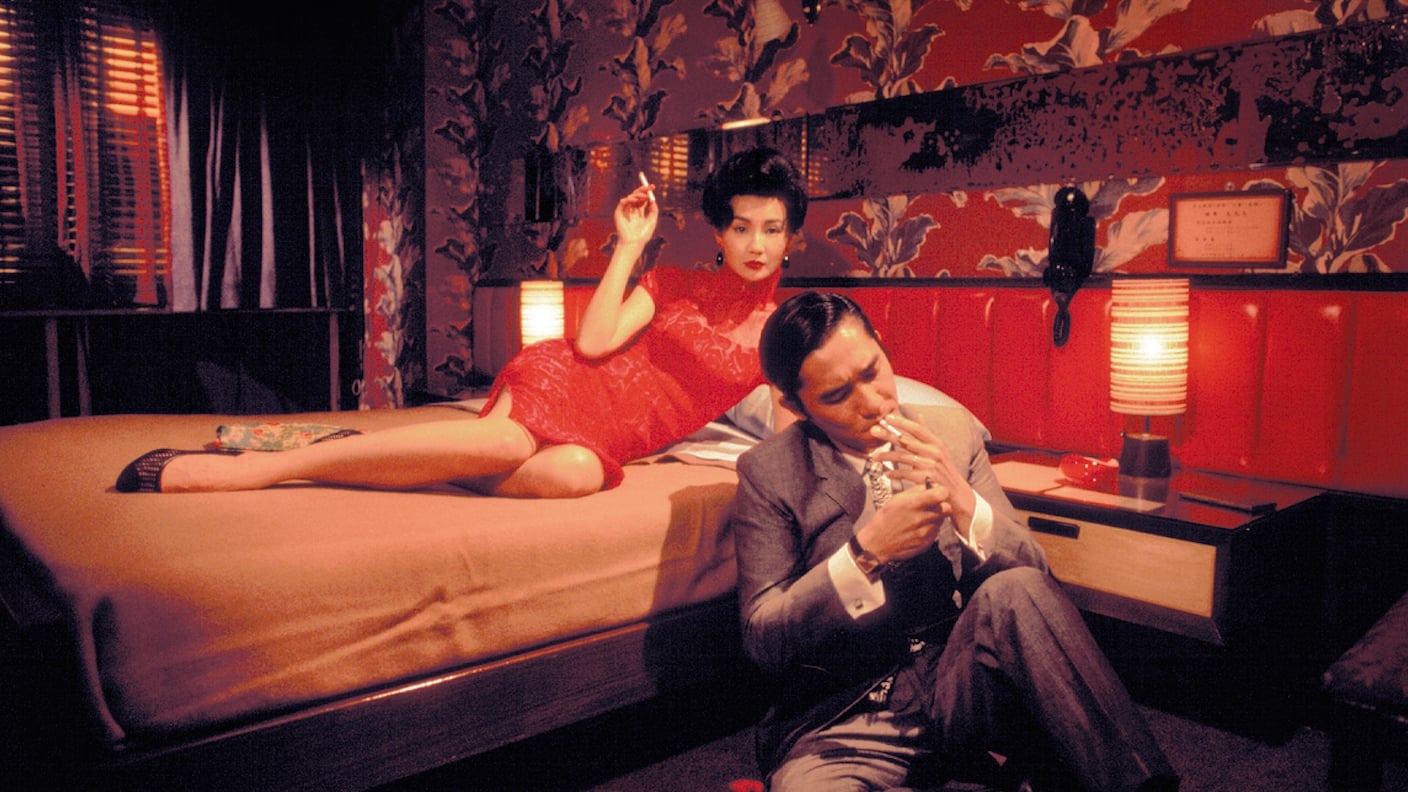
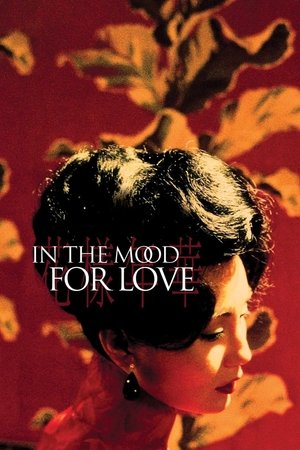
In the Mood for Love
Feel the heat, keep the feeling burning, let the sensation explode.
2000 • 1h 38min • ★ 8.1/10 • Hong Kong
Directed by: Wong Kar-wai
Cast: Maggie Cheung, Tony Leung, Rebecca Pan, Kelly Lai Chen, Siu Ping-Lam
In 1962 Hong Kong, neighbors Su Li-zhen (Mrs. Chan) and Chow Mo-wan (Mr. Chow) discover their spouses are having an affair. As they spend time together, they develop feelings for each other, but their relationship remains chaste and unspoken, reflecting societal constraints and their own moral compass.


In the Mood for Love
Feel the heat, keep the feeling burning, let the sensation explode.
2000 • 1h 38min • ★ 8.1/10 • Hong Kong
Directed by: Wong Kar-wai
Cast: Maggie Cheung, Tony Leung, Rebecca Pan, Kelly Lai Chen, Siu Ping-Lam
In 1962 Hong Kong, neighbors Su Li-zhen (Mrs. Chan) and Chow Mo-wan (Mr. Chow) discover their spouses are having an affair. As they spend time together, they develop feelings for each other, but their relationship remains chaste and unspoken, reflecting societal constraints and their own moral compass.
In 2000, Christopher Doyle teamed up with director Wong Kar-wai to deliver In the Mood for Love, a film that has since become iconic for its lush and evocative cinematography.
The movie delves into themes of love and longing, enveloping the audience in a world of saturated colors and intimate frames.
Doyle’s camera work in In the Mood for Love is a mesmerizing dance of light and shadow, crafting an ambience that is almost tangible.
If you like Christopher Doyle’s performances, on our sister site AuteurGraph we have a profile page, a visual film timeline, and a ratings page that gives a tonne of info and data about their career in a visualized form.
We witness the subtle interplay of characters through Doyle’s ability to capture the slightest nuances in their movements and glances.
The film is renowned for its:
- Stylized use of slow-motion sequences,
- Ingenious framing that heightens a sense of emotional isolation,
- Expert use of color palettes to reflect the internal states of the characters.
Each of these elements works in concert to create a cinematic experience that’s both compelling and visually breathtaking.
Doyle demonstrates a profound understanding of the visual medium, manipulating exposure and timing to enhance the narrative without uttering a single word.
Crucial to In the Mood for Love‘s aesthetic is the collaboration between Doyle and Wong Kar-wai.
This partnership proves to be a testament to the power of visual storytelling.
With a minimalist plot, the film leans heavily on Doyle’s ability to convey complex emotional landscapes, proving that sometimes less is indeed more.
Doyle’s mastery in In the Mood for Love furthers our appreciation of his skill in using the filmic canvas to weave tales of the heart.
His work here not only defines the visual tone of the film but also leaves a lasting imprint on the language of cinema itself.
Fallen Angels (1995)
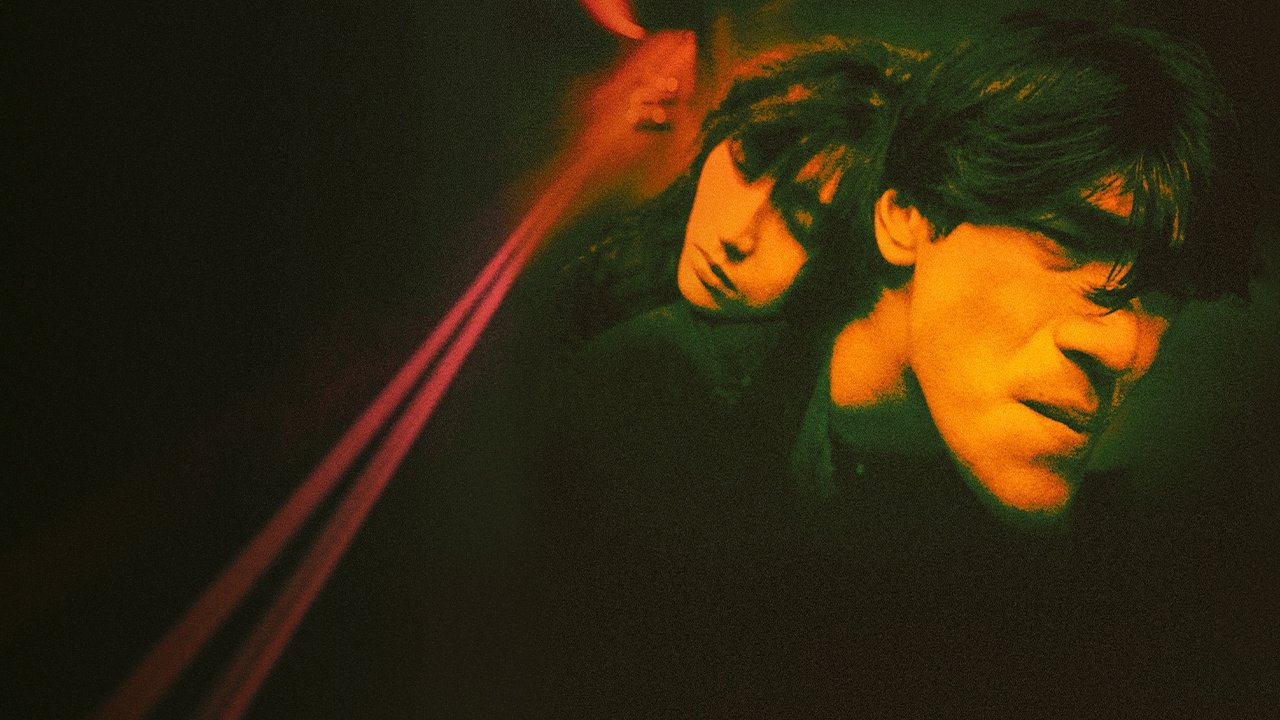
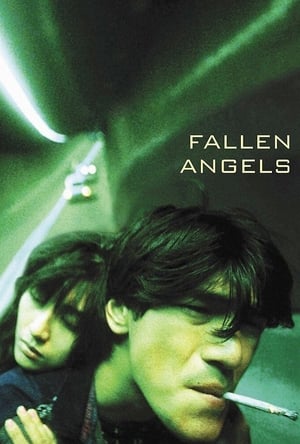
Fallen Angels
The night's full of weirdos.
1995 • 1h 38min • ★ 7.7/10 • Hong Kong
Directed by: Wong Kar-wai
Cast: Leon Lai, Charlie Yeung, Takeshi Kaneshiro, Karen Mok, Michele Reis
An assassin goes through obstacles as he attempts to escape his violent lifestyle despite the opposition of his partner, who is secretly attracted to him.


Fallen Angels
The night's full of weirdos.
1995 • 1h 38min • ★ 7.7/10 • Hong Kong
Directed by: Wong Kar-wai
Cast: Leon Lai, Charlie Yeung, Takeshi Kaneshiro, Karen Mok, Michele Reis
An assassin goes through obstacles as he attempts to escape his violent lifestyle despite the opposition of his partner, who is secretly attracted to him.
Continuing our journey through Christopher Doyle’s filmography, we can’t overlook the visually arresting Fallen Angels.
This 1995 film further strengthens Doyle’s collaboration with Wong Kar-wai, in a storyline that extends beyond the traditional boundaries of narrative structure.
In Fallen Angels, Doyle’s cinematographic proficiency shines through with his unique approach to lighting and framing.
The nocturnal Hong Kong backdrop becomes a canvas where neon lights and shadow play a significant role, emphasizing the isolation and intertwining lives of the characters.
Here are some notable elements Doyle brought to life in Fallen Angels:
- Dynamic camera angles that capture the emotional disconnect between the main characters.
- Vivid color contrasts that draw viewers deeper into the world of each character.
Doyle’s masterful use of wide-angle lenses in Fallen Angels creates a sensation of both intimacy and distance, an aspect that has gained adoration from critics and audiences alike.
Such techniques have now become intrinsic to the visual language of Wong Kar-wai’s works.
The film’s depiction of urban loneliness through Doyle’s lens is a powerful contrast to its bustling setting.
This paradoxical representation captures the essence of the city’s energy while unveiling the solitude of modern life.
Our appreciation for Fallen Angels is deeply rooted in how Doyle transcends conventional storytelling.
He crafts each scene with meticulous detail, ensuring that every frame could stand alone as a work of art, while still serving the film’s overarching narrative drive.
Doyle’s contribution to Fallen Angels is a definitive example of how cinematography can transform a film into a multi-sensory experience.
Audiences aren’t simply watching a story unfold; they’re immersed in a world where visuals dictate the pace and rhythm of the narrative.
Happy Together (1997)
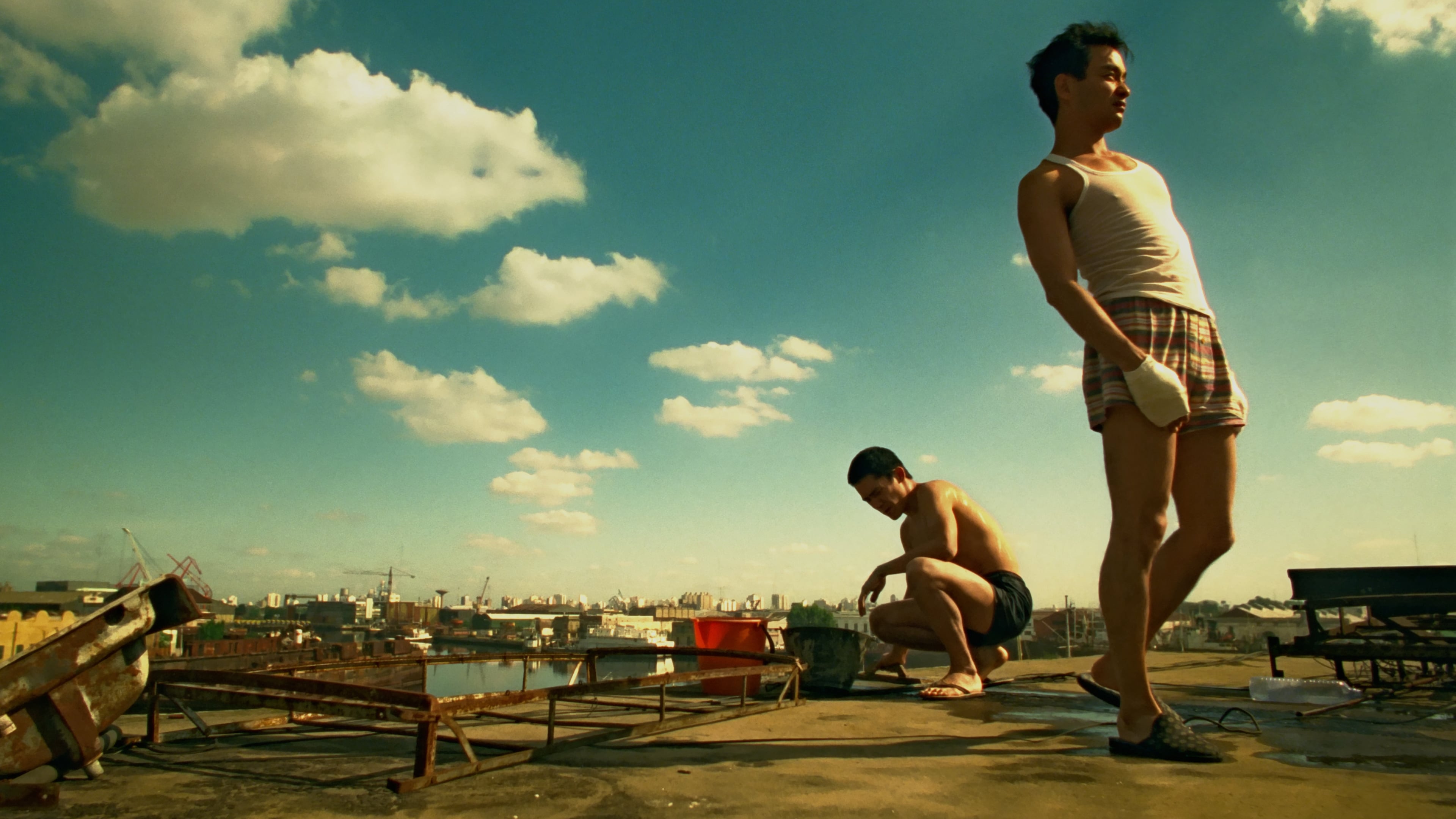
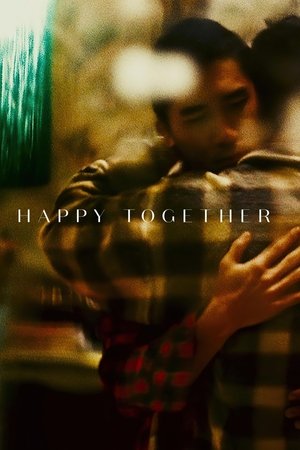
Happy Together
Lonely people are all the same.
1997 • 1h 36min • ★ 7.567/10 • Hong Kong
Directed by: Wong Kar-wai
Cast: Tony Leung, Leslie Cheung, Chang Chen, Gregory Dayton
A gay couple from Hong Kong takes a trip to Argentina in search of a new beginning but instead begins drifting even further apart.


Happy Together
Lonely people are all the same.
1997 • 1h 36min • ★ 7.567/10 • Hong Kong
Directed by: Wong Kar-wai
Cast: Tony Leung, Leslie Cheung, Chang Chen, Gregory Dayton
A gay couple from Hong Kong takes a trip to Argentina in search of a new beginning but instead begins drifting even further apart.
In Happy Together, Christopher Doyle’s visual expertise is nothing short of cinematic poetry.
His collaboration with Wong Kar-wai on this film earned him the Best Cinematography award at the 1997 Cannes Film Festival, a testament to his skill in elevating the storytelling through powerful imagery.
Doyle’s artistry with the camera is evident in the film’s raw portrayal of a turbulent romance.
The setting takes place in Buenos Aires, which Doyle captures with a vibrant palette that mirrors the intensity and chaos of the characters’ relationship.
Key highlights in Doyle’s work on Happy Together include:
- Multifaceted shots that express the depth of the characters,
- A dynamic interplay between shadows and light that intensifies the emotional landscape.
We see in this film that Doyle is not afraid to experiment with unconventional camera placements and movements.
This technique infuses each scene with an energy that reflects the volatile connection between the lead characters.
Through Happy Together, the audience experiences Doyle’s masterful control over color and contrast.
The film’s cinematography evokes a sense of both intimacy and alienation, a difficult balance that Doyle navigates with ease.
Doyle’s continued partnership with Wong Kar-wai stands as a milestone in cinema, offering narratives that are visually unforgettable.
Their collaborative spirit showcases their commitment to pushing the limits of what film can convey.
2046 (2004)
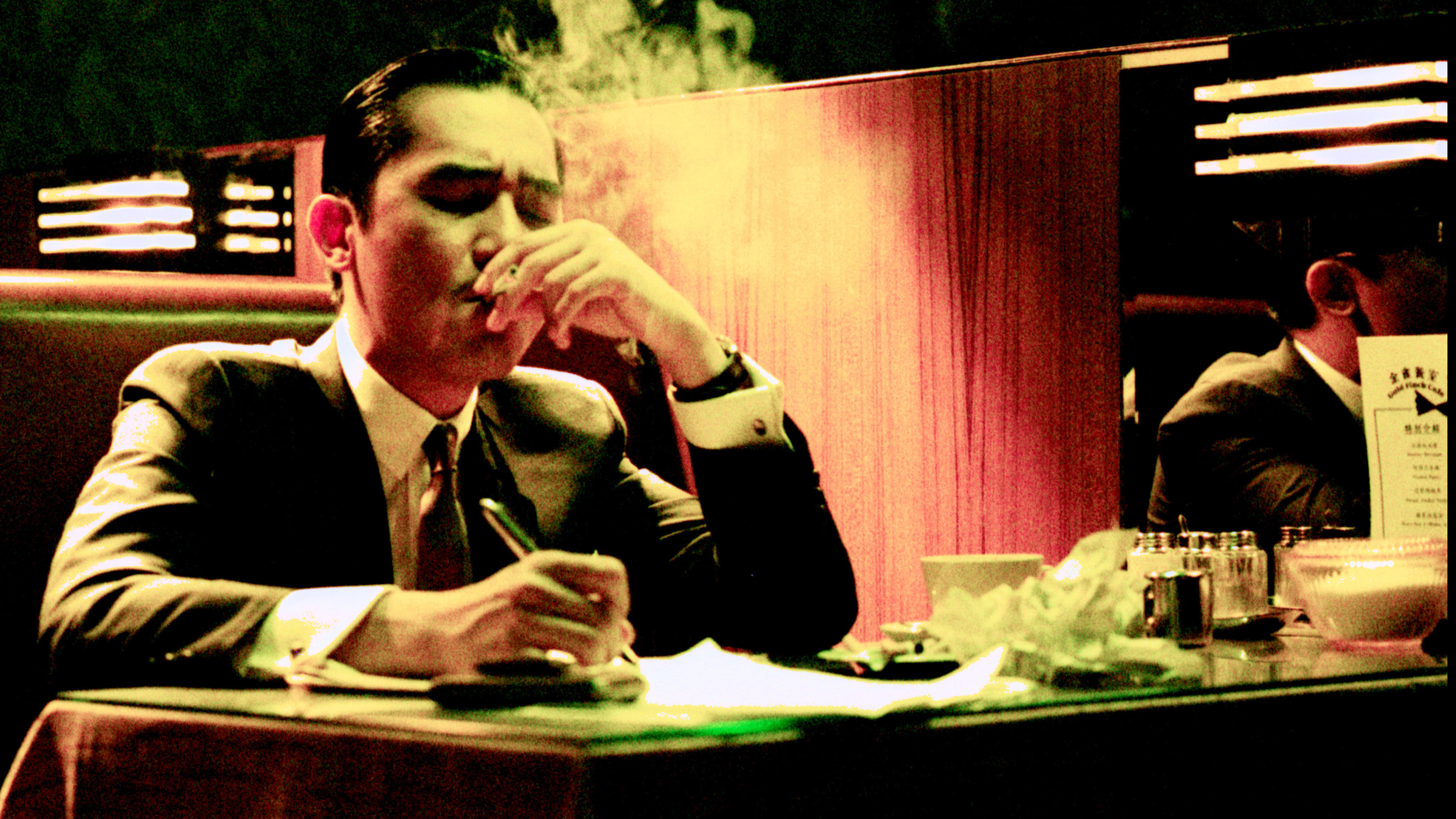

2046
Are you still in the mood for love?
2004 • 2h 8min • ★ 7.223/10 • Germany
Directed by: Wong Kar-wai
Cast: Tony Leung, Gong Li, Faye Wong, Takuya Kimura, Zhang Ziyi
Women enter and exit a science fiction author's life over the course of a few years after the author loses the woman he considers his one true love.


2046
Are you still in the mood for love?
2004 • 2h 8min • ★ 7.223/10 • Germany
Directed by: Wong Kar-wai
Cast: Tony Leung, Gong Li, Faye Wong, Takuya Kimura, Zhang Ziyi
Women enter and exit a science fiction author's life over the course of a few years after the author loses the woman he considers his one true love.
Returning to the vibrant collaboration between Christopher Doyle and Wong Kar-wai, 2046 stands out as a spellbinding continuation of the aesthetic journey they began in In the Mood for Love.
This film presents a rich tapestry of intertwined narratives that span various timelines and emotional landscapes, with Doyle’s cinematography once again bringing each frame to life.
Doyle’s talent shines through in the way he uses color and lighting to signify the passage of time and the flux of memory.
The film’s visual narrative weaves through different rooms and characters’ lives, crafting a complex metaphor for the search for love and happiness.
2046 is unique for its seamless blend of science fiction elements into the storytelling fabric.
Doyle’s camera work underscores the futuristic themes with his signature stylization:
- Utilizes meticulous framing that complements the intricate production design,
- Crafts a distinct visual atmosphere that harbors both nostalgia and futurism.
Doyle employs an array of shooting techniques to convey the inner world of the protagonist, Tony Leung’s character.
In 2046, the camera movements are precise and intentional, each motion serving to draw viewers deeper into the story’s heart.
The film’s distinct portrayal of erotically charged encounters is captured with a subtlety and nuance that has become indicative of Doyle’s approach.
He balances sensuality with a profound sense of longing, moving beyond mere visual allure to evoke a powerful emotional response.
2046 showcases Doyle’s versatility in capturing both the neon-drenched buzz of urban landscapes and the intimate, quiet moments of personal reflection.
The dichotomy of these visual elements propels the narrative, emphasizing the characters’ emotional isolation amidst the sprawling metropolis.
Ashes of Time (1994)
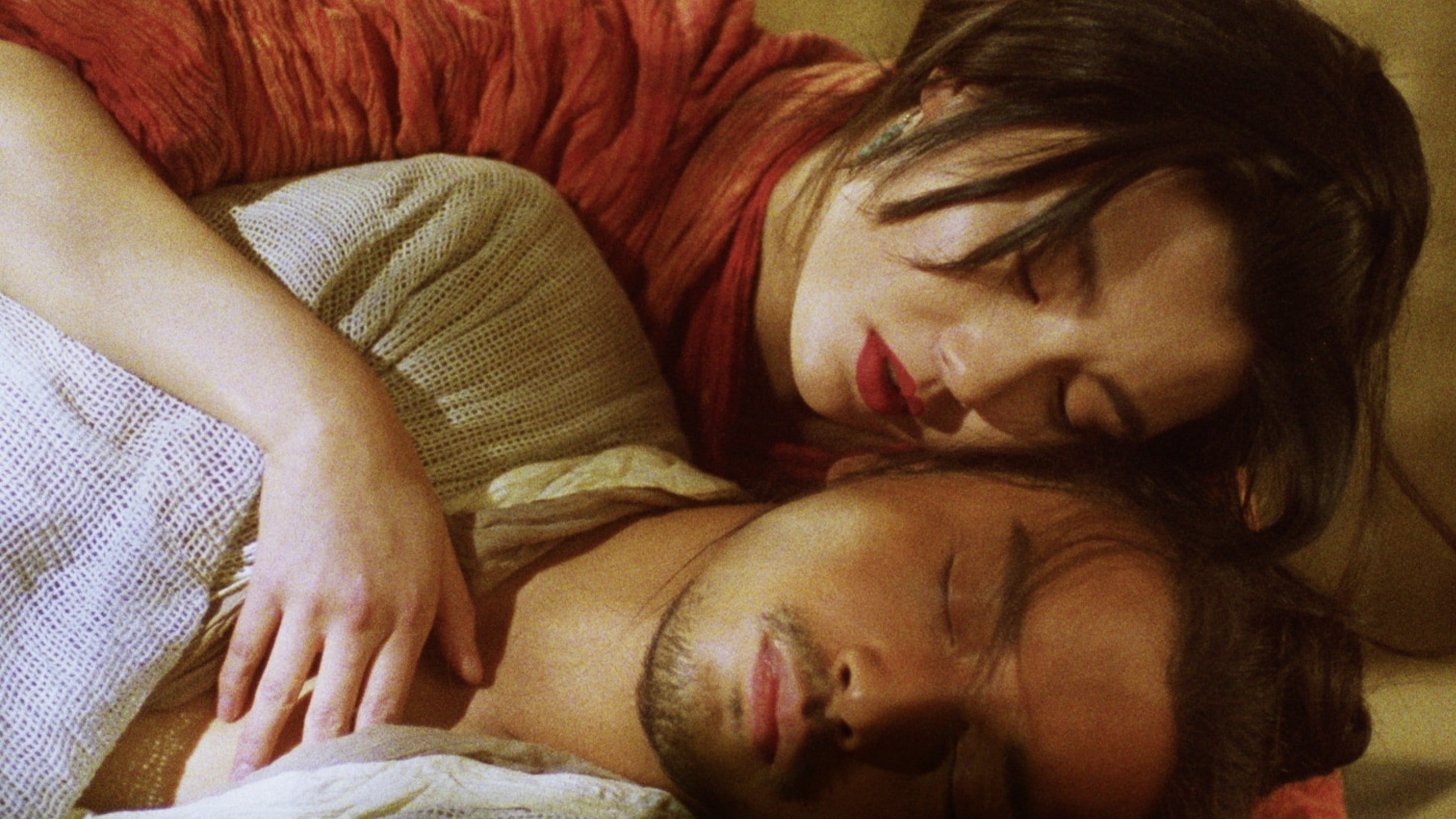
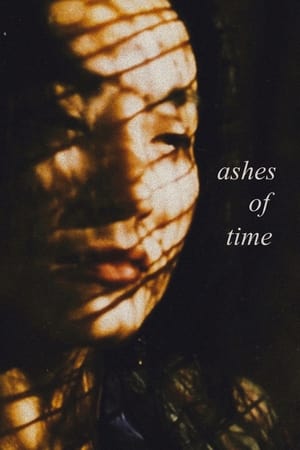
Ashes of Time
Fear of rejection leads to a life of exile
1994 • 1h 40min • ★ 7.1/10 • Hong Kong
Directed by: Wong Kar-wai
Cast: Leslie Cheung, Tony Leung, Brigitte Lin, Jacky Cheung, Tony Leung
Ouyang Feng is a heartbroken and cynical man who spends his days in the desert, connecting expert swordsmen with those seeking revenge and willing to pay for it. Throughout five seasons in exile, Ouyang spins tales of his clients' unrequited loves and unusual acts of bravery.


Ashes of Time
Fear of rejection leads to a life of exile
1994 • 1h 40min • ★ 7.1/10 • Hong Kong
Directed by: Wong Kar-wai
Cast: Leslie Cheung, Tony Leung, Brigitte Lin, Jacky Cheung, Tony Leung
Ouyang Feng is a heartbroken and cynical man who spends his days in the desert, connecting expert swordsmen with those seeking revenge and willing to pay for it. Throughout five seasons in exile, Ouyang spins tales of his clients' unrequited loves and unusual acts of bravery.
As we explore Christopher Doyle’s illustrious career, it’s impossible to overlook Ashes of Time, a film that represents both a departure and an affirmation of his cinematic style.
Released in 1994, Ashes of Time pushes the boundaries of conventional storytelling with its abstract narrative structure and visually poetic images inspired by the traditional wuxia genre.
Doyle’s work in this film is a testament to his prowess in capturing landscapes that are as much characters as the actors within them.
The use of naturally occurring elements like dust, water, and fire is employed ingeniously to reflect internal turmoil and external conflict.
In Ashes of Time, Doyle experiments with a myriad of tones and hues, creating a tapestry of colors that are eye-catching and mesmerizing.
The dexterity with which he maneuvers between the vast open deserts and intimate close-ups is nothing short of masterful.
Noteworthy features of Doyle’s cinematography in Ashes of Time include:
- Strategic use of color to convey complex emotions,
- Exceptional framing that enhances the mythical aura of the narrative.
The elaborate fight sequences in Ashes of Time showcase Doyle’s uncanny ability to capture movement with clarity.
His slow-motion captures add gravity to each blow and leap, providing a dance-like quality to the otherwise violent clashes.
Arguably, in Ashes of Time, Doyle achieves a level of harmony between the poetic and the kinetic.
The rhythm of his camera work interplays gracefully with Wong Kar-wai’s direction, ensuring that every scene is imbued with energy and emotion, forging an indelible impact on the viewer’s mind.
Last Life in the Universe (2003)
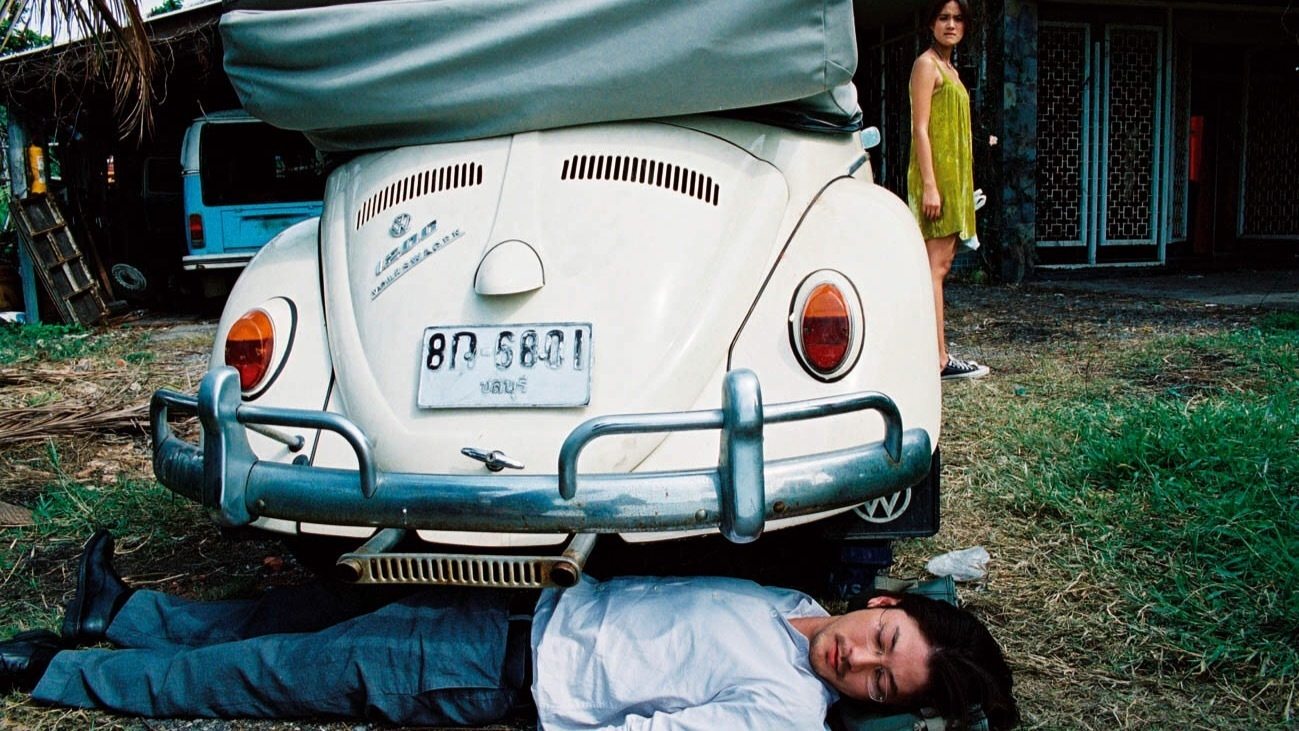
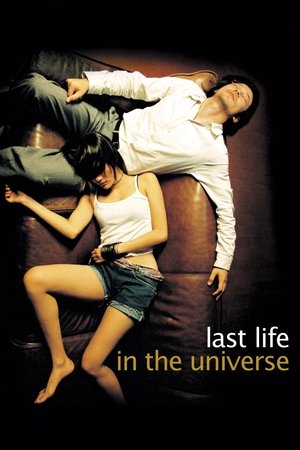
Last Life in the Universe
Why bother with suicide?
2003 • 1h 52min • ★ 7.2/10 • Thailand
Directed by: Pen-Ek Ratanaruang
Cast: Tadanobu Asano, Sinitta Boonyasak, Chermarn Boonyasak, Yutaka Matsushige, Riki Takeuchi
An obsessive-compulsive Japanese librarian living in Bangkok spends most of his days contemplating suicide in his apartment. His life changes when he witnesses the death of a young girl and becomes acquainted with her elder sister.


Last Life in the Universe
Why bother with suicide?
2003 • 1h 52min • ★ 7.2/10 • Thailand
Directed by: Pen-Ek Ratanaruang
Cast: Tadanobu Asano, Sinitta Boonyasak, Chermarn Boonyasak, Yutaka Matsushige, Riki Takeuchi
An obsessive-compulsive Japanese librarian living in Bangkok spends most of his days contemplating suicide in his apartment. His life changes when he witnesses the death of a young girl and becomes acquainted with her elder sister.
In Last Life in the Universe, Christopher Doyle’s cinematography masterfully blurs the line between serenity and chaos.
We witness the film’s protagonist, an obsessive-compulsive librarian with a death wish, find an unlikely connection after a tragic accident.
Doyle’s visual storytelling in this film is as potent as ever.
His work here exemplifies the beauty of unexpected encounters and the surreal melding of two disparate lives.
With each scene, we’re embraced by a melancholic atmosphere that Doyle paints through muted colors and slow, contemplative shots.
The film’s distinct look carries the emotional weight of the narrative.
Through subtlety and poise, Doyle captures both the isolation and intimacy of the characters’ evolution.
His camerawork draws us into their world with elegance and depth, ensuring that every shot contributes to the overarching tapestry of their experiences.
We can’t help but appreciate Doyle’s finesse in translating director Pen-Ek Ratanaruang’s vision onto the screen.
Last Life in the Universe stands as a testament to Doyle’s ability to create a visual language that communicates beyond words.
Here are some key aspects that make his cinematography in this film remarkable:
- The use of natural lighting to enhance the mood,
- Creative camera angles that elevate the storytelling.
Doyle’s work in Last Life in the Universe showcases his unparalleled skill in capturing the complexities of human connectivity.
It’s another shining example of his craftsmanship, deserving of a spot on our list of the 12 best Christopher Doyle movies.
Rabbit-Proof Fence (2002)
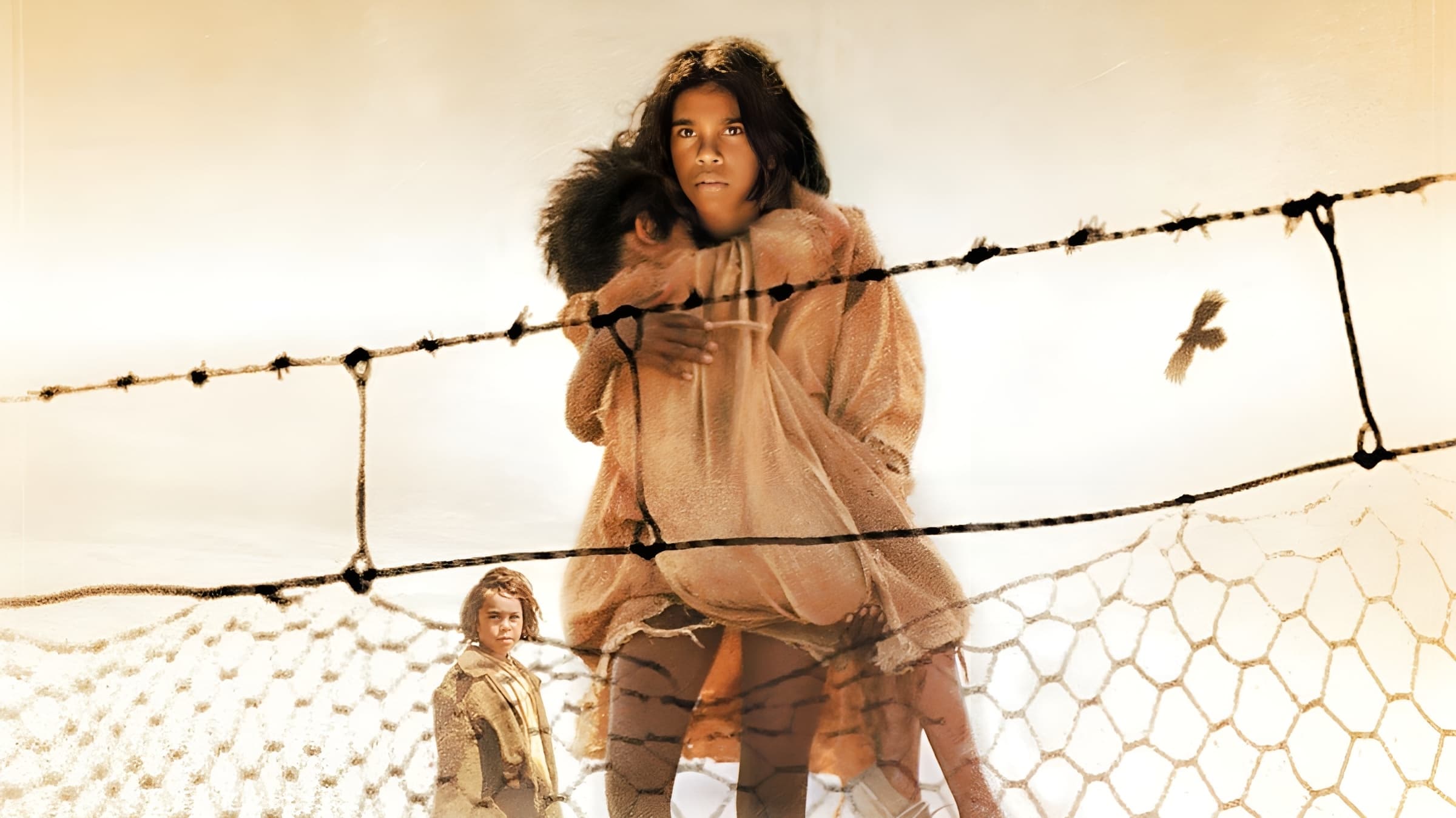

Rabbit-Proof Fence
Follow your heart, follow the fence
2002 • 1h 34min • ★ 7/10 • Australia
Directed by: Phillip Noyce
Cast: Everlyn Sampi, Tianna Sansbury, Laura Monaghan, David Gulpilil, Ningali Lawford
In 1931, three Aboriginal girls escape after being plucked from their homes to be trained as domestic staff, and set off on a trek across the Outback.


Rabbit-Proof Fence
Follow your heart, follow the fence
2002 • 1h 34min • ★ 7/10 • Australia
Directed by: Phillip Noyce
Cast: Everlyn Sampi, Tianna Sansbury, Laura Monaghan, David Gulpilil, Ningali Lawford
In 1931, three Aboriginal girls escape after being plucked from their homes to be trained as domestic staff, and set off on a trek across the Outback.
When discussing Christopher Doyle’s most evocative work, Rabbit-Proof Fence stands as a testament to his ability to weave rich visual narratives within historical contexts.
Doyle’s cinematography captures the stark beauty of the Australian outback and the resolve of three girls on their epic journey home.
In this film, Doyle’s choice of natural light interacts poetically with the landscape, echoing the girls’ struggle and resilience.
His camera work amplifies the emotional gravity of the story, bringing an authenticity that transcends the screen.
Harnessing the vastness of the environment, Doyle employs wide shots to communicate the immensity of the girls’ challenge.
The arid desert and endless sky feature prominently – their journey against this backdrop is not just physical but spiritual.
Rabbit-Proof Fence isn’t just a visual marvel; it’s a powerful narrative of defiance and survival.
Our analysis reveals the following key aspects of Doyle’s cinematography:
- Panoramic vistas that underline the protagonists’ journey,
- Meticulous use of natural lighting to enhance the narrative’s mood.
Through his lens, Doyle sheds light on a dark chapter of history with dignity and depth.
The children’s tenacious spirit is mirrored in Doyle’s deliberate framing, which invites viewers to partake in their odyssey.
While Rabbit-Proof Fence is a detour from Doyle’s usual urban settings, his versatility as a cinematographer is unmistakable.
The raw intensity and sweeping visuals in this film are as compelling as they are significant.
Hero (2002)
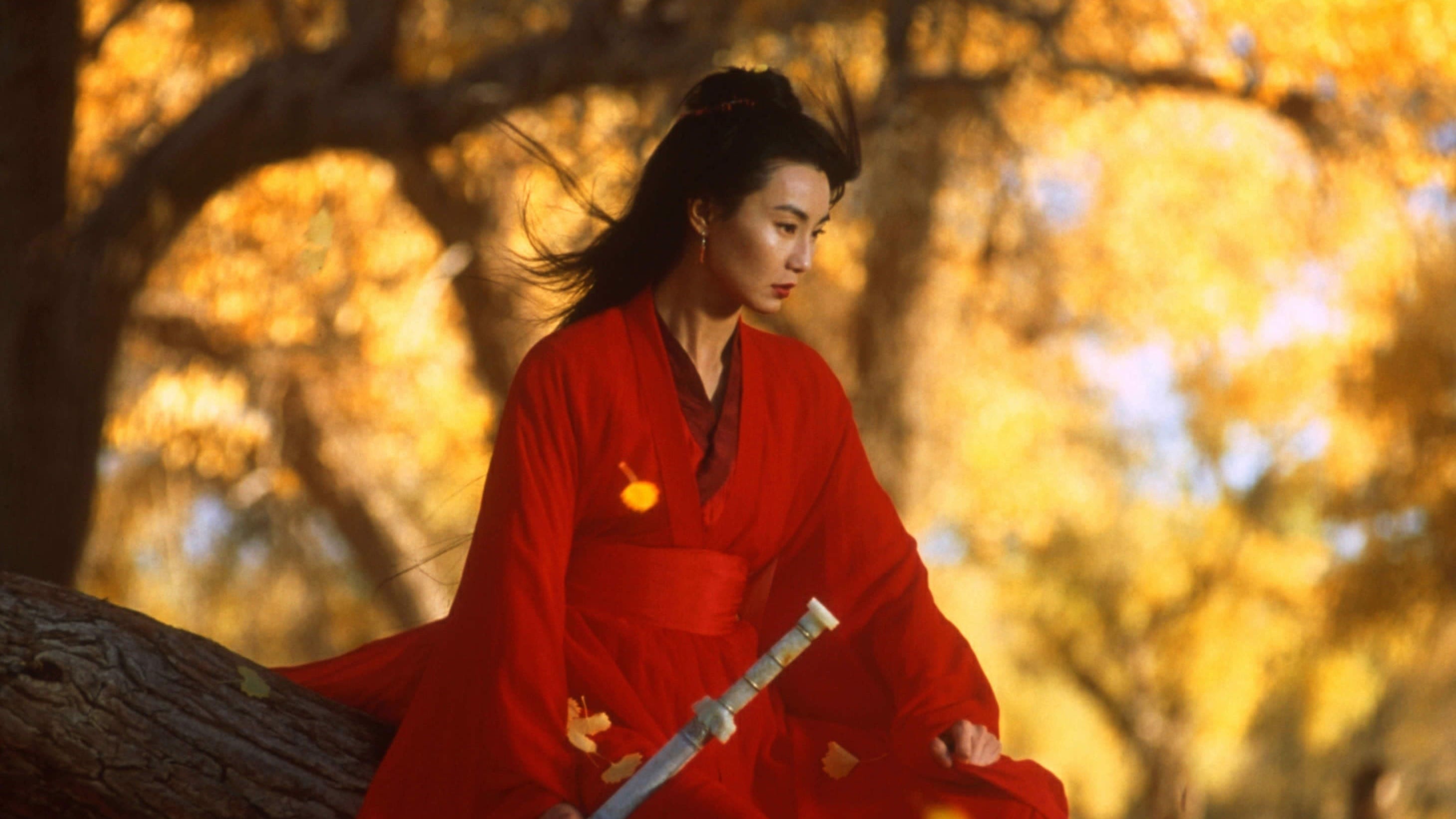
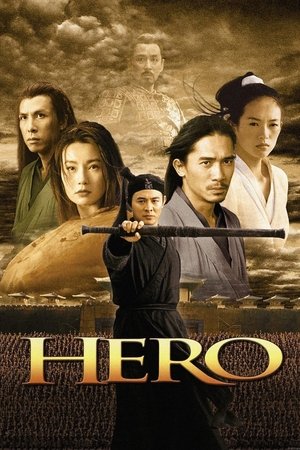
Hero
One man's strength will unite an empire.
2002 • 1h 39min • ★ 7.502/10 • Hong Kong
Directed by: Zhang Yimou
Cast: Jet Li, Tony Leung, Maggie Cheung, Donnie Yen, Zhang Ziyi
During China's Warring States period, a district prefect arrives at the palace of Qin Shi Huang, claiming to have killed the three assassins who had made an attempt on the king's life three years ago.


Hero
One man's strength will unite an empire.
2002 • 1h 39min • ★ 7.502/10 • Hong Kong
Directed by: Zhang Yimou
Cast: Jet Li, Tony Leung, Maggie Cheung, Donnie Yen, Zhang Ziyi
During China's Warring States period, a district prefect arrives at the palace of Qin Shi Huang, claiming to have killed the three assassins who had made an attempt on the king's life three years ago.
Hero stands out in Christopher Doyle’s filmography as a stunning display of his versatility with large-scale cinematic landscapes.
In this martial arts epic directed by Zhang Yimou, Doyle’s keen eye for composition elevates the visual storytelling to new heights.
His use of vibrant color palettes distinguishes the various narratives within the film, each color coding a different version of the story.
The scenes bathed in red, blue, white and green are not just visually captivating, they’re central to the film’s plot.
Doyle’s masterful control of vast panoramas contrasts with the intimate close-ups of the film’s characters.
His lens captures the emotion and depth of each protagonist amidst the grandeur of their surroundings.
Key aspects of Doyle’s work in Hero include:
- Majestic aerial shots that unveil the ancient Chinese landscapes with poetic grace,
- Meticulous preparation in design to merge natural and artificial lighting, enhancing the visual mood.
The action sequences benefit immensely from Doyle’s advanced techniques.
His framing and use of slow motion create an almost painting-like effect that brings the sword fights to life.
Hero is a testament to Doyle’s ability to layer visual elements in service of epic storytelling.
His cinematography in this film reaffirms that every frame can stand alone as a work of art.
Summarizing, our exploration of Hero reflects the breadth of Christopher Doyle’s skill set.
The film combines remarkable storytelling with striking cinematography, thanks to his distinct vision.
Dumplings (2004)
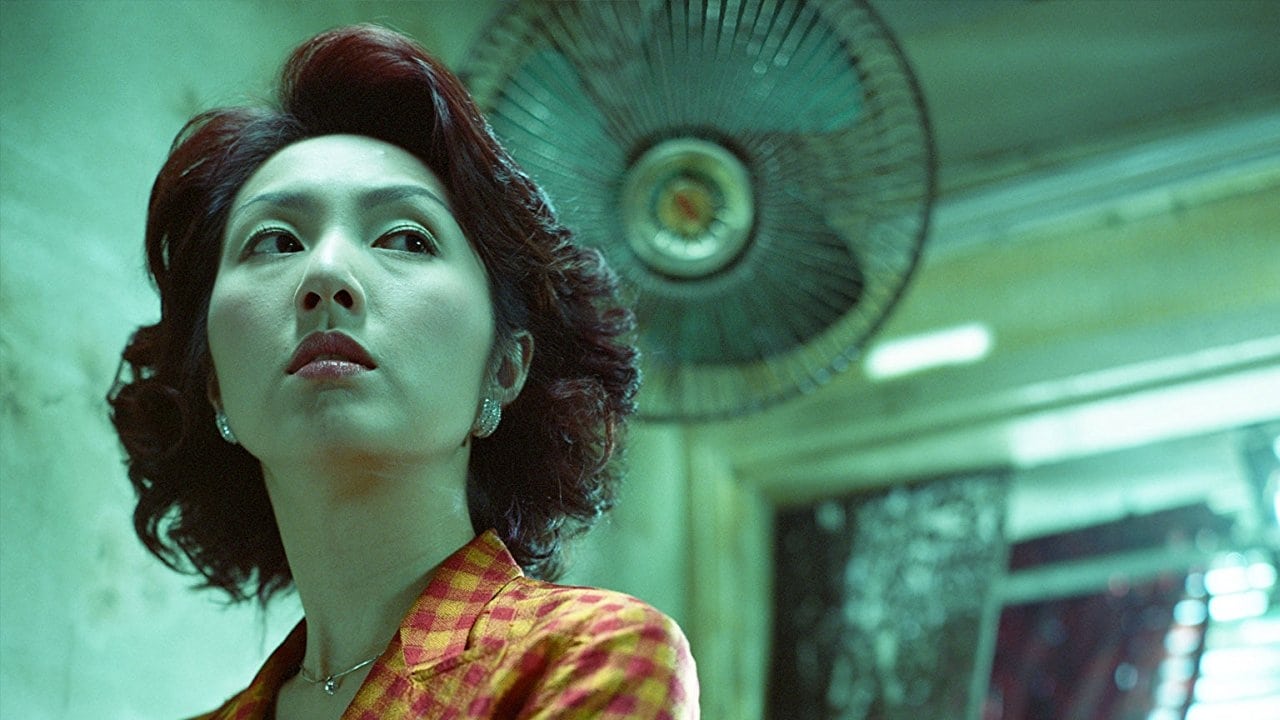
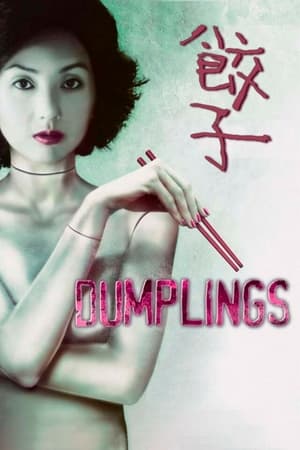
Dumplings
You eat… that you are…
2004 • 1h 31min • ★ 6.703/10 • Hong Kong
Directed by: Fruit Chan
Cast: Miriam Yeung, Bai Ling, Tony Leung, Pauline Lau, Meme Tian Pu-Jun
Aunt Mei's famous homemade dumplings provide amazing age-defying qualities popular with middle-aged women. But her latest customer, a fading actress, is determined to find out what the secret ingredient is.


Dumplings
You eat… that you are…
2004 • 1h 31min • ★ 6.703/10 • Hong Kong
Directed by: Fruit Chan
Cast: Miriam Yeung, Bai Ling, Tony Leung, Pauline Lau, Meme Tian Pu-Jun
Aunt Mei's famous homemade dumplings provide amazing age-defying qualities popular with middle-aged women. But her latest customer, a fading actress, is determined to find out what the secret ingredient is.
Dumplings is a film where Christopher Doyle’s cinematographic expertise is on full display.
We see his signature style in the claustrophobic interiors and the unsettling use of color to evoke dread.
In this disturbing narrative, Doyle’s camera work becomes an extension of the film’s macabre themes.
The rich textures and meticulous compositions are central to creating a visceral experience that lingers with audiences.
Doyle’s prowess is evident through his manipulation of lighting to enhance the film’s disturbing undercurrents.
Each frame crafted by Doyle intensifies the horror without relying on common genre clichés.
- Expert use of shadows and light play,
- Deliberate and evocative color schemes.
Dumplings demonstrates how Doyle’s cinematography complements psychological horror.
It’s his keen eye for detail that transforms everyday scenes into something deeply unsettling.
He carefully balances the grotesque and the beautiful.
Creating scenes that are as visually striking as they are essential to the narrative thrust.
The White Girl (2017)
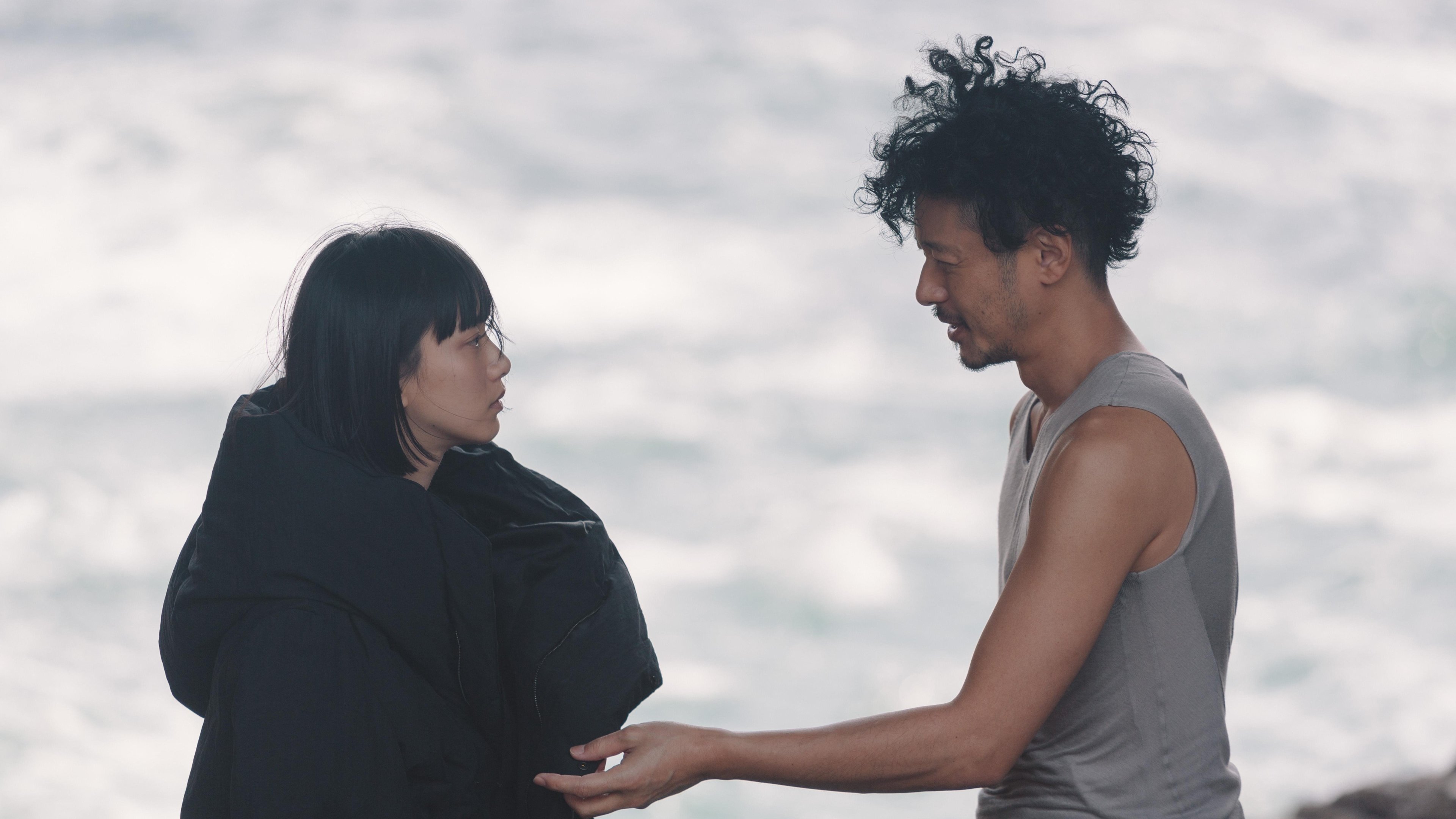
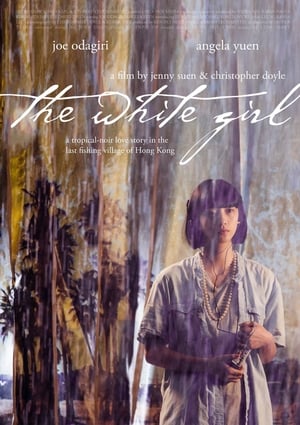
The White Girl
2017 • 1h 37min • ★ 5/10 • Hong Kong
Directed by: Christopher Doyle
Cast: Angela Yuen, Joe Odagiri, Michael Ning, Ranya Lee, Jeff Yiu
A noir fairytale revolving around three outsiders: a mysterious artist on the run from the real world, a street kid who dreams of getting rich and a girl who is allergic to the sun.


The White Girl
2017 • 1h 37min • ★ 5/10 • Hong Kong
Directed by: Christopher Doyle
Cast: Angela Yuen, Joe Odagiri, Michael Ning, Ranya Lee, Jeff Yiu
A noir fairytale revolving around three outsiders: a mysterious artist on the run from the real world, a street kid who dreams of getting rich and a girl who is allergic to the sun.
The year 2017 brought a lesser-known yet visually striking film to Christopher Doyle’s extensive portfolio – The White Girl.
Directed by Jenny Suen and Doyle himself, this film represents a unique blend of artistic visions that translates into a visual spectacle.
Set in the fishing village of Tai O, The White Girl showcases Doyle’s adept capture of the locale’s dwindling vibrancy.
The film is a visceral canvas of the protagonists’ lives, painted with the cinematographer’s signature style.
Through the lens, Doyle elevates the narrative of the titular character, who suffers from a rare sun allergy.
Our connection to the White Girl becomes almost tangible as Doyle masterfully plays with shadows and light, enveloping her in an ethereal aura.
The cinematography subtly communicates the burgeoning relationship between the White Girl and a mysterious newcomer.
As filmmakers, we’re reminded of Doyle’s ability to frame moments that say more with a glance than with dialogue.
The White Girl may not stand as Doyle’s most celebrated work, but it remains emblematic of his skill in crafting intimate stories through his camera.
His perspectives interweave the enchanting and the decayed, capturing the dualistic nature of the village and its inhabitants.
Exploring themes of isolation and transformation, Doyle’s visual storytelling is as compelling as the narrative itself.
Each scene is meticulously composed, balancing natural beauty with the encroachment of modernization.
Our appreciation for Doyle’s work in The White Girl lies in his:
- Sublime representation of natural elements, choreographing a dance between character and setting,
- Nuanced approach to color and lighting, which enables a silent, yet impactful dialogue among the characters.
The White Girl offers a serene pause in the action-driven landscapes Doyle often traverses.
It’s a testament to his versatility and the emotional resonance he can evoke through the cinematic frame.
The Limits of Control (2009)
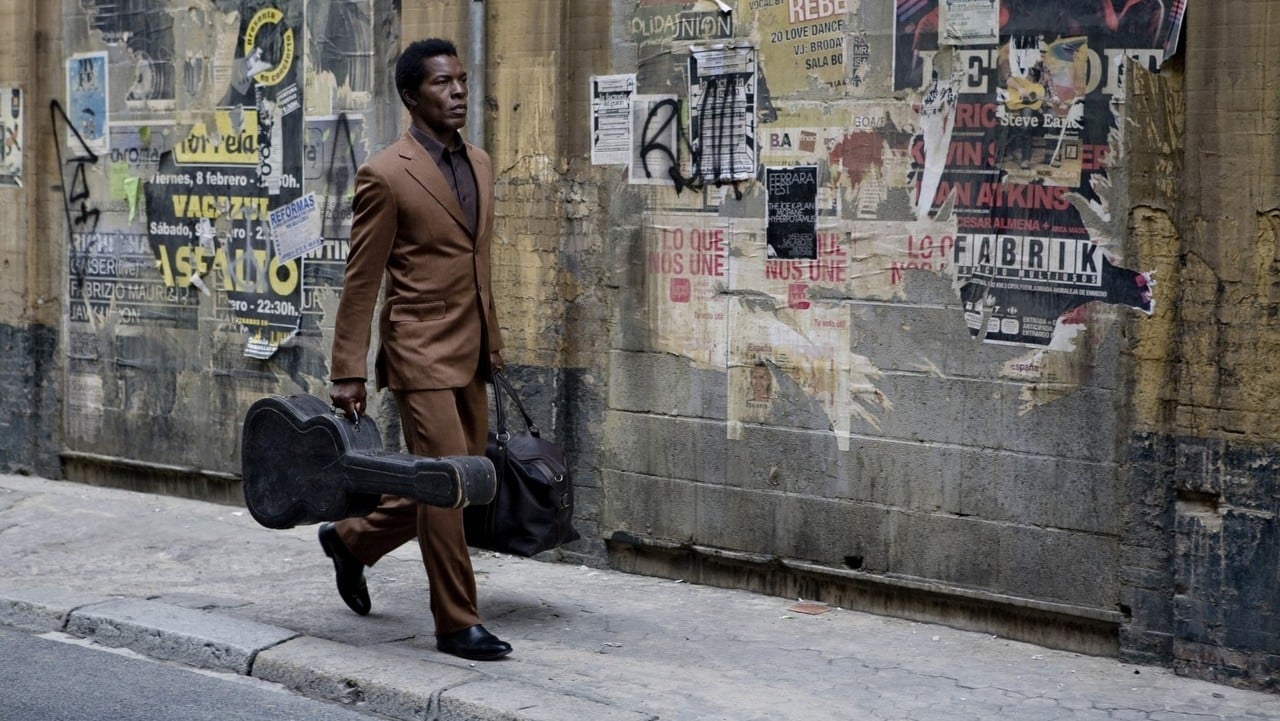
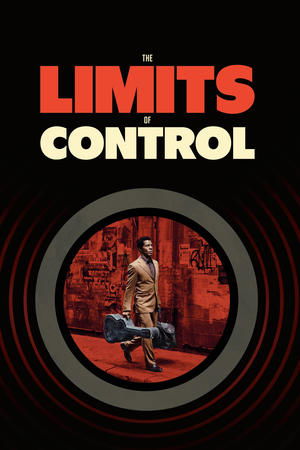
The Limits of Control
For every way in, there is another way out.
2009 • 1h 56min • ★ 6/10 • United States of America
Directed by: Jim Jarmusch
Cast: Isaach de Bankolé, Alex Descas, Jean-François Stévenin, Óscar Jaenada, Luis Tosar
A mysterious stranger works outside the law and keeps his objectives hidden, trusting no one. While his demeanor is paradoxically focused and dreamlike all at once, he embarks on a journey that not only takes him across Spain, but also through his own consciousness.


The Limits of Control
For every way in, there is another way out.
2009 • 1h 56min • ★ 6/10 • United States of America
Directed by: Jim Jarmusch
Cast: Isaach de Bankolé, Alex Descas, Jean-François Stévenin, Óscar Jaenada, Luis Tosar
A mysterious stranger works outside the law and keeps his objectives hidden, trusting no one. While his demeanor is paradoxically focused and dreamlike all at once, he embarks on a journey that not only takes him across Spain, but also through his own consciousness.
In exploring the expansive filmography of Christopher Doyle, one cannot overlook the visual poetry of The Limits of Control.
Its distinct imagery paints a hypnotic landscape that draws viewers into an atmospheric journey.
Doyle’s cinematography in The Limits of Control is a masterful display of restraint and subtlety.
Every frame is meticulously crafted, with a palette that demands attention even though its often understated tones.
Our focus on the narrative’s visual form is met with Doyle’s unique ability to communicate beyond words.
The camerawork here is less about motion and more about the power of stillness, where every shot holds a world of meaning.
The Limits of Control is an exemplar of how minimalistic approaches can yield profound impacts on film.
Here are several key aspects of Doyle’s approach in the film:
- Subdued color schemes that evoke a sense of mystery and introspection,
- Long takes that allow the viewer to fully immerse in the scene’s ambiance,
- Strategic use of shadows and light to convey the protagonist’s isolation.
Doyle’s collaboration with director Jim Jarmusch underscores the harmonious intersection of vision and execution.
This partnership demonstrates an understanding of space and composition that few can rival.
In capturing the essence of Doyle’s work, we appreciate the layers and textures he brings to the screen.
The restraint he exhibits in The Limits of Control serves as a canvas for our imaginations to explore the unseen, the unspoken, and the profoundly human.
Top 12 Christopher Doyle Movies: A Cinematic Journey – Wrap Up
We’ve journeyed through the captivating world of Christopher Doyle’s cinematography, marveling at his ability to weave visual poetry on the silver screen.
His work not only defines a film’s aesthetic but also deepens our connection to the stories and characters within.
Doyle’s mastery lies in his keen eye for detail and his unique perspective that consistently challenges and delights us.
Whether it’s the vibrant hues of “Hero” or the understated elegance of “The Limits of Control,” his films are a testament to the power of visual storytelling.
As we reflect on Doyle’s impressive filmography, we’re reminded of the indelible mark he’s left on cinema, inviting us to see the world through his lens—one frame at a time.
Frequently Asked Questions
Who is Christopher Doyle and which famous director has he frequently collaborated with?
Christopher Doyle is a renowned cinematographer known for his collaboration with director Wong Kar-wai on films such as “2046” and “Ashes of Time.
“
What are the notable aspects of Doyle’s cinematography as discussed in the article?
The article highlights Doyle’s use of color, lighting, framing, and camera movements to convey themes like the passage of time, memory, and complex emotions.
What is unique about Doyle’s cinematography in “The White Girl”?
In “The White Girl,” Doyle captures the dwindling vibrancy of Tai O and uses color and lighting to craft intimate stories, resulting in a sublime representation of natural elements.
How does Doyle approach cinematography differently in “The Limits of Control”?
In “The Limits of Control,” Doyle utilizes a subdued color scheme, long takes, and strategic use of shadows and light to convey the protagonist’s isolation and inner journey.
What is the nature of Doyle’s collaboration with director Jim Jarmusch?
Doyle and Jim Jarmusch’s collaboration is noted for a harmonious intersection of vision and execution, particularly in their film “The Limits of Control.
“






